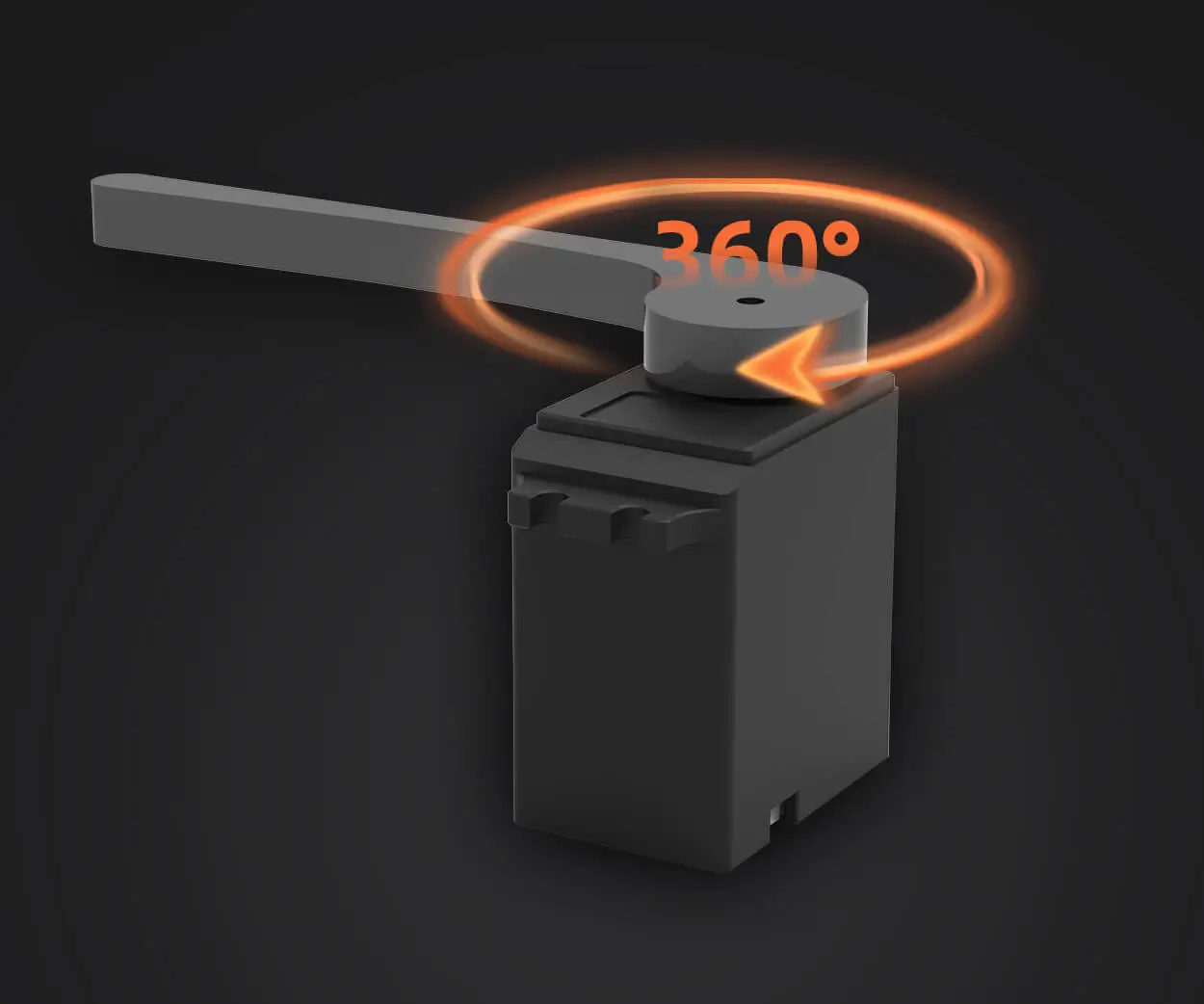Unlocking Precision: The Essential Role of Fanuc Servo Motor Encoder Cables in Modern Automation
In the rapidly advancing world of industrial automation, precision, reliability, and efficiency are king. From assembly lines to CNC machining, the quality and control of motors directly influence the output and overall productivity of a facility. Among the myriad components that make up an automated system, the Fanuc servo motor encoder cable stands out as a vital link bridging the motor and control unit, ensuring accurate communication and synchronization.

Understanding the Fanuc Servo System
Fanuc, a global leader in CNC and robotic automation, has set industry standards for robust, high-performing servo systems. These systems rely heavily on the accuracy of their feedback devices—encoders—that relay the motor’s position, speed, and torque to the controller. Precise feedback allows the system to adjust in real-time, maintaining tight control over movements, which is crucial for applications demanding high precision.
The encoder cable acts as the nerve connection, transmitting signals between the servo motor's encoder and the control unit. The accuracy and integrity of this data flow hinge on the quality of the cable and how well it’s installed and maintained.
The Anatomy of a Fanuc Servo Motor Encoder Cable
A typical Fanuc encoder cable comprises several integral features:
Shielding: Minimizes electromagnetic interference (EMI) that can distort signals, ensuring clean data transmission. High-Quality Conductors: Usually copper wires with adequate gauge for signal integrity. Durability: Rugged outer jackets resistant to environmental factors such as heat, oil, dust, and vibration—common in industrial settings. Connectors: Precise matching connectors for secure connections, facilitating easy installation and maintenance.
This composition is designed to safeguard sensitive signals, especially since encoders operate with millivolt-level signals that are easily affected by external interference.
The Critical Importance of the Encoder Cable in Servo Systems
Imagine a suppressor of chaos on the factory floor—without reliable feedback, even the most sophisticated servo motors can become misaligned, leading to inaccuracies, defects, or machine downtime. This is where a high-quality Fanuc encoder cable proves its worth.
Accuracy and Reliability: Properly shielded and durable cables preserve signal integrity, allowing the control system to respond accurately. Enhanced Control Loop Stability: The feedback loop’s stability hinges on timely information. Faulty or subpar cables can introduce delays or noise, impairing system performance. Long-Term Performance: Withstanding harsh environments reduces the risk of wear and tear, minimizing downtime and maintenance costs.
Moreover, as automation demands grow more complex, the role of encoder cables in supporting high-speed and high-precision movements becomes increasingly evident.
Types of Fanuc Encoder Cables
Depending on the application and system design, different types of encoder cables are used. Some key variations include:
Round Cables: Flexible, ideal for robotic arms or applications requiring movement in multiple axes. Flat Cables: Suitable for fixed installations where space is constrained. High-Speed Cables: Designed to handle rapid data transmission for high-frequency encoder signals. Shielded or Unshielded: Shielded cables are crucial in environments with high EMI, while unshielded cables might suffice in cleaner settings.
Choosing the right cable type involves understanding the specific needs of your application, including speed, environment, and the type of signals transmitted.
Installation Best Practices
Even the highest-quality Fanuc encoder cables can underperform if not installed correctly. Here are some crucial tips for optimal performance:
Avoid Sharp Bends: Excessive bending can damage the cable, impairing signal quality. Maintain Proper Grounding: Connect shielding to ground to reduce EMI effects. Secure Cables Properly: Use clips or ties to prevent vibrations and movement-induced wear. Separate Power and Signal Lines: To reduce noise, keep these lines apart. Regular Inspection: Check for wear, cuts, or corrosion periodically.
Understanding these best practices helps in maintaining system reliability and prolonging cable lifespan.
End of Part 1
Once you're ready, I can continue with Part 2, focusing on aspects like troubleshooting, selecting the right cables for different applications, maintenance tips, and future trends in encoder cable technology. Would you like to proceed?
Kpower has delivered professional drive system solutions to over 500 enterprise clients globally with products covering various fields such as Smart Home Systems, Automatic Electronics, Robotics, Precision Agriculture, Drones, and Industrial Automation.




































